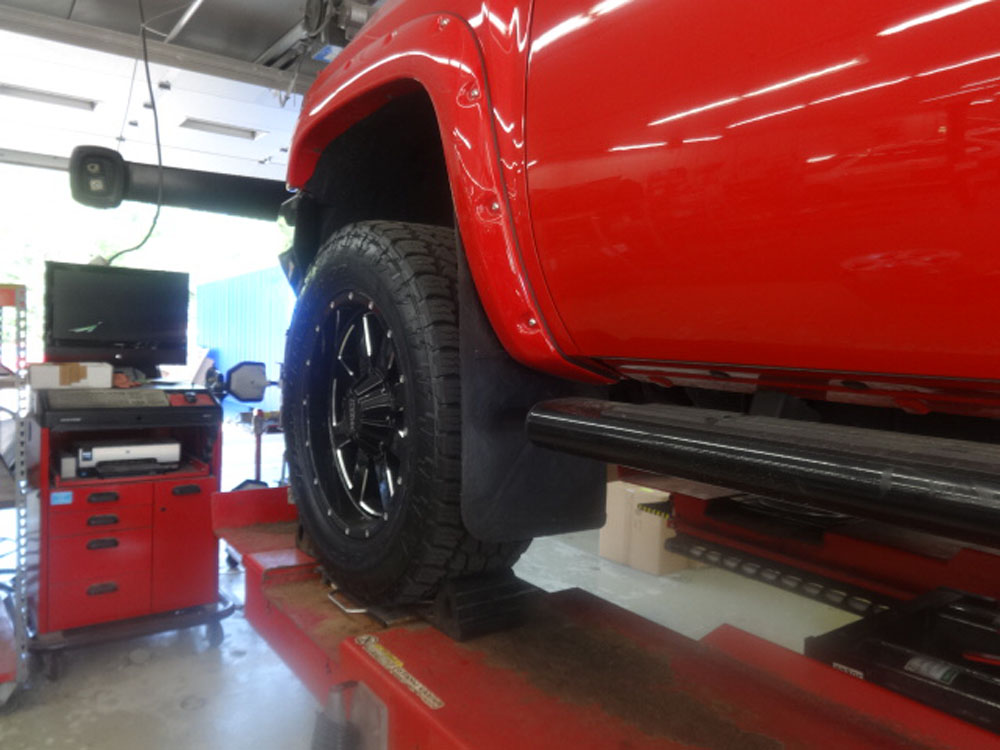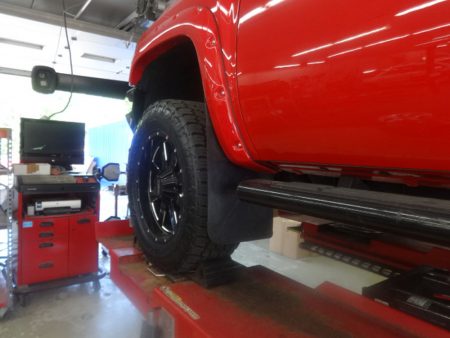
 Being more knowledgeable about your car can make it easier for you to avoid problems and the associated repairs. No matter how sophisticated and technically advanced your car may be, you may use your physical senses to identify many common problems. You can keep an eye on the area around your car or truck, listen for odd noises, detect odd odors, and even just generally notice that something is different about how your ride handles now as opposed to how it used to.
Being more knowledgeable about your car can make it easier for you to avoid problems and the associated repairs. No matter how sophisticated and technically advanced your car may be, you may use your physical senses to identify many common problems. You can keep an eye on the area around your car or truck, listen for odd noises, detect odd odors, and even just generally notice that something is different about how your ride handles now as opposed to how it used to.
Searching for problems
The majority of the time, the occasional fluid drop or even light stain underneath your car isn’t going to imply much. Any moist area, though, demands your immediate attention. You should look into puddles as soon as you can.
Identify several liquids by evaluating their hue and consistency:
-Colors like pastel blue, brilliant orange, and yellow/green often indicate that the engine overheated or that antifreeze leaked through a malfunctioning line, water pump, radiator, or radiator cap.
Dark brown or black fluids with an oily consistency typically point to an oil leak, which is frequently the result of a faulty gasket or seal.
On the other hand, a red, greasy area could be a transmission or power steering fluid leak.
-Normally, you don’t need to be concerned about a puddle of clean water. It could simply be commonplace condensation brought on by operating your car’s air conditioning.
Trouble Starts When
Even if some problems may be directly in front of you, you can use your nose to detect them due to their smell:
Burned toast has a mild yet distinct aroma. It frequently indicates an electrical short or insulation burning, if not both. The best course of action in this situation is to delay driving your car until a professional can correctly identify the problem.
-Rotten eggs give off a persistent odor of burning sulfur, which frequently indicates a problem with the catalytic converter or another emission control part. In terms of the diagnosis or the necessary repairs, this is not something you should put off.
-Thick and pungent smells are frequently the result of oil burning; therefore, keep an eye out for any signs of an oil leak.
-The presence of gasoline vapors in the air, especially after a failed start, may indicate that you flooded your engine. Wait a little before attempting another start. There is a significant chance that your fuel system has a leak if you consistently smell something like this. This is a potentially dangerous scenario that needs immediate notice and action.
-Arid chemical scents, such as burning resin, may indicate an overheated clutch or brakes. First, check your parking brake. If you have been riding the brakes a lot on mountain roads, stop the car and give them a chance to cool off. Light smoke emanating from a wheel indicates that your brakes are possibly stuck. Stop driving immediately and have your car looked at by a mechanic.
-Sweet and steamy smells may not be all that unpleasant, but they may indicate a coolant leak. If your vehicle doesn’t have an overheating warning light or temperature gauge, drive as gently as you can to the nearest service facility while continuously paying attention to your readings. Assume your engine has already overheated if, however, your stench is accompanied by steam coming from underneath the hood and a hot, metallic smell. Stop right away somewhere. Tow yourself to the shop for repairs because continuing to drive after this could significantly harm your engine.
The Warning Sounds
Numerous sounds, including rumbles, rattles, shrills, squeals, clicks, and squeaks, can be jarring to the ears and nerves while also providing information into potential problems you need to handle. Some of the more typical ones you should be aware of include the following:
Squeals: Sharp noises that are frequently related to engine speed.
-A worn-out or unsecured fan, power steering belt, or air conditioning belt.
Clicks: Slightly sharp sounds frequently related to engine and/or vehicle speeds:
Fan blades that are bent or loose.
– A loosened wheel cover
-A blocked valve filter or a low level of engine oil.
Screeches: These metallic noises have an extremely high pitch and can potentially pierce the ears. They frequently occur when a car is moving:
These are frequently triggered by brake wear indicators, so you know they need some maintenance.
Rumbles: These low-pitched rhythmic noises have a variety of meanings.
-A drive-line component, such as a universal joint, gets worn out.
-An exhaust pipe, converter, or muffler that is currently faulty.
Pings are tapping noises with a high pitch and a metallic acoustics that are connected to engine speeds:
-Usually the outcome of utilizing gas or fuel with an octane level that is lower than recommended. For information on the appropriate rating to use, refer to your owner’s manual. If the issue still exists, the timing of the engine’s ignition may be to blame.
Heavy Knocking: These pounding, rhythmic noises can indicate a variety of things.
-The torque converter in the transmission is loose.
-The connection rod or crankshaft bearings have worn out.
-Clunks: These pounding noises may appear random, yet they can indicate certain circumstances:
-An exhaust pipe or muffler came loose.
-A shock absorber or another suspension part came loose.
How Problems Can Feel
When you experience them while driving, poor performance, unpleasant riding, difficult handling, and vibrations almost always indicate that there is a problem.
Steering
-Wandering or trouble maintaining a straight line: This may indicate that the front wheels are out of alignment. Additionally, it can indicate that the ball joint, idler, or other steering parts are worn out.
-Pulling: If the car pulls to the left or right while moving, the problem could be as simple as a flat tire or as serious as a misaligned or damaged front end.
Ride/Handling
-Poor cornering: This can be caused by worn-out shock absorbers and other suspension system parts, as well as insufficient tire inflation.
-Weak shocks: There aren’t any universal recommendations for when to replace struts or shock absorbers. However, you can test your car by bouncing it violently at each tire before letting it go, in both uphill and downhill directions. How many times does your automobile bouncing? If it happens twice or more, your shocks are probably weak.
-Springs: Unless there is a corner of your vehicle that is obviously lower than the others, these don’t normally wear out and won’t need to be changed. If you overload your car, the springs could be harmed.
-Correctly balanced tires: Vibrations may result from improper balance or unbalancing. It is possible for steering and suspension parts to degrade earlier than expected.
Brakes
There are several ways that brake problems might manifest themselves. Schedule an inspection of your car and any necessary repairs if:
-When you press the brakes, your car pulls to one side or the other.
-Your dashboard’s “brake” light is on and working.
-When you break, you can hear or perhaps feel grinding and scraping.
-If you press on the brake pedal repeatedly, it will eventually drop to the ground.

